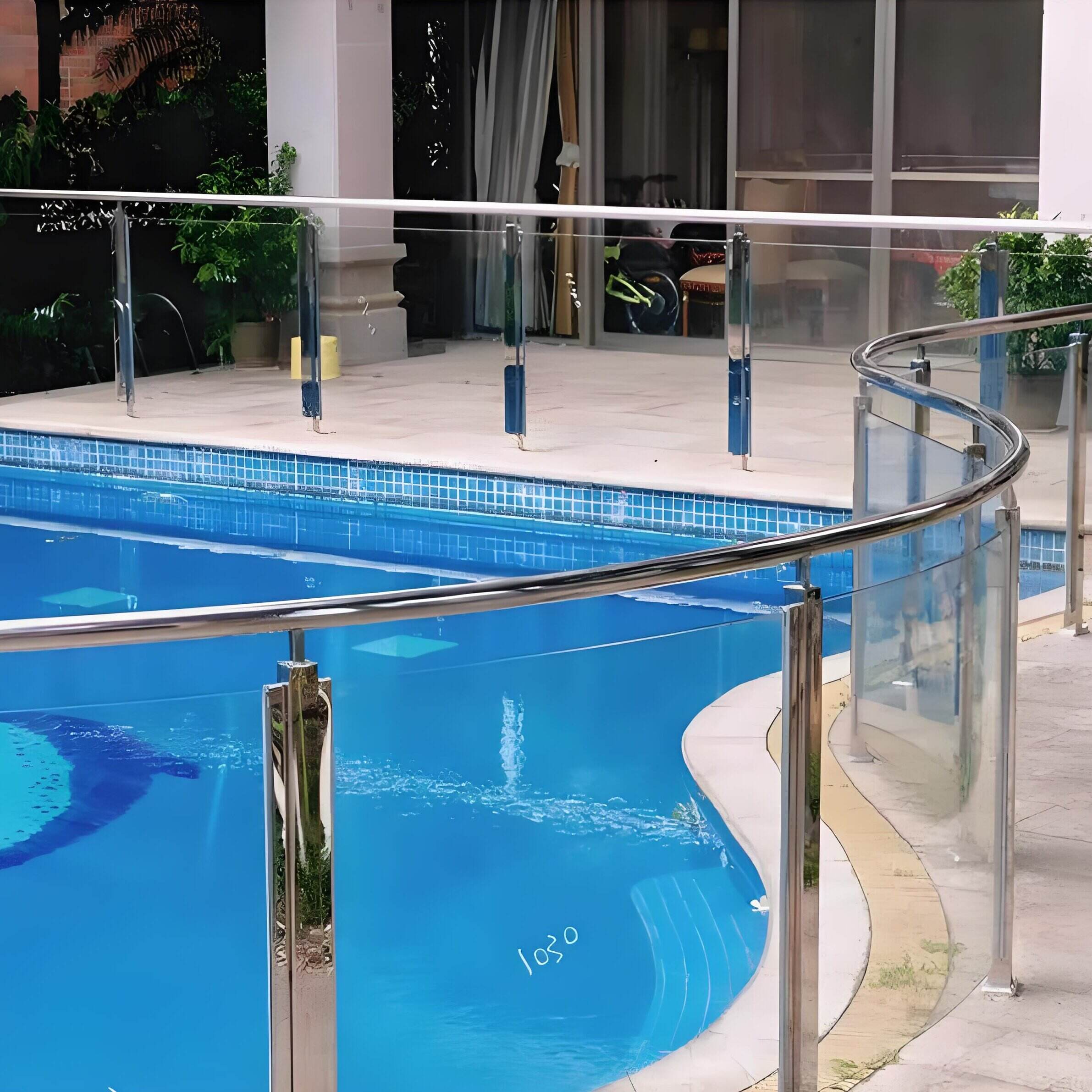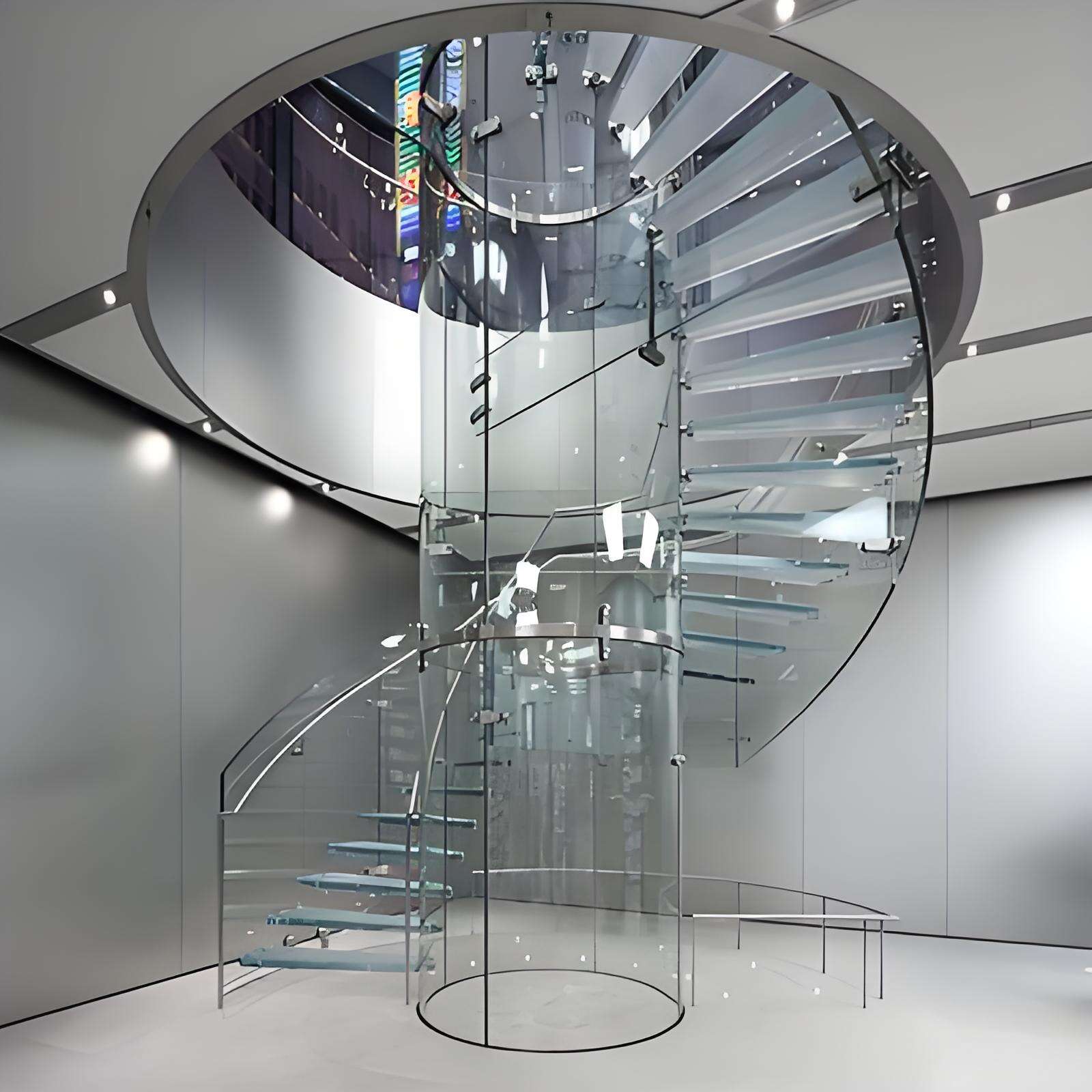Understanding Modern Glass Railing Safety Features
Glass railing systems have revolutionized modern architecture by combining sleek aesthetics with robust safety features. These sophisticated barriers offer unobstructed views while providing reliable protection for stairs, balconies, and elevated areas. As more homeowners and architects embrace contemporary design elements, glass railing has emerged as a premier choice for both residential and commercial applications.
The safety of glass railing systems is backed by rigorous engineering standards and advanced manufacturing processes. Modern tempered and laminated glass panels are designed to withstand significant impact and pressure, making them exceptionally reliable for various applications. These systems undergo extensive testing to ensure they meet or exceed building code requirements for safety barriers.
Technical Specifications and Safety Standards
Material Composition and Strength
Glass railing systems typically utilize tempered safety glass, which is approximately four to five times stronger than standard glass. The tempering process involves heating the glass to extreme temperatures and rapidly cooling it, creating a material that's highly resistant to breakage. When subjected to excessive force, tempered glass breaks into small, rounded pieces rather than sharp shards, minimizing injury risk.
Many installations also incorporate laminated glass, which consists of multiple layers bonded together with a robust interlayer. This construction method ensures that even if the glass breaks, it remains intact within the frame, providing continuous protection. The combination of tempering and lamination creates an exceptionally durable barrier system.
Building Code Compliance
Glass railing installations must adhere to strict building codes and safety regulations. These standards typically require railings to withstand specific load requirements, including both vertical and horizontal forces. Most codes mandate that glass panels must support a minimum load of 50 pounds per square foot and resist a concentrated load of 200 pounds at any point.
Height requirements are equally important, with most jurisdictions requiring a minimum railing height of 42 inches for commercial applications and 36 inches for residential installations. These specifications ensure adequate protection against falls while maintaining aesthetic appeal.

Installation and Maintenance Considerations
Professional Installation Requirements
Proper installation is crucial for glass railing safety. Qualified professionals must carefully assess the mounting surface, ensure proper anchoring, and verify that all components are correctly aligned. The installation process includes precise measurements, appropriate spacing of supports, and proper torque application for all fasteners.
Installers must also account for thermal expansion and contraction, ensuring that the system can accommodate natural movement without compromising structural integrity. This attention to detail during installation is essential for long-term safety and performance.
Regular Maintenance Protocols
While glass railing systems are relatively low-maintenance, regular inspections and cleaning are essential for ensuring continued safety. Periodic checks should focus on hardware tightness, glass panel integrity, and mounting stability. Any signs of wear or damage should be addressed promptly by qualified professionals.
Cleaning should be performed using appropriate non-abrasive products to maintain visibility and prevent surface degradation. Regular maintenance not only preserves the system's appearance but also helps identify potential safety concerns before they become serious issues.
Safety Features and Innovations
Advanced Design Elements
Modern glass railing systems incorporate numerous safety innovations, including specialized mounting hardware, engineered glass thicknesses, and advanced edge treatments. These design elements work together to create a comprehensive safety system that exceeds standard requirements while maintaining aesthetic appeal.
Innovative features such as spider fittings, point-support systems, and continuous base shoes provide superior stability while minimizing visual obstruction. These components are engineered to distribute forces effectively and maintain system integrity under various conditions.
Weather Resistance and Durability
Glass railing systems are designed to withstand diverse environmental conditions, from intense sun exposure to heavy precipitation. UV-resistant materials prevent yellowing and degradation, while specialized coatings can enhance scratch resistance and reduce maintenance requirements.
The durability of these systems extends to their resistance to corrosion, particularly in coastal environments where salt exposure can be challenging. High-quality hardware and appropriate material selection ensure long-term performance in demanding conditions.
Frequently Asked Questions
How Does Glass Railing Compare to Traditional Metal Railings in Terms of Safety?
Glass railing systems offer comparable or superior safety compared to traditional metal railings when properly installed. They provide excellent fall protection while eliminating climbing hazards often associated with horizontal or vertical balusters. The transparent nature of glass also allows for better visibility and monitoring of activities on stairs or elevated areas.
What Happens if a Glass Panel Breaks?
Modern safety glass used in railing systems is designed to break safely if subjected to extreme impact. Tempered glass shatters into small, rounded pieces rather than dangerous shards, while laminated glass remains intact even when broken. This engineered failure mode significantly reduces the risk of injury in the unlikely event of glass breakage.
How Long Do Glass Railing Systems Typically Last?
With proper installation and maintenance, glass railing systems can last 20 years or more. The durability of tempered and laminated glass, combined with quality hardware and appropriate care, ensures long-term performance. Regular inspections and prompt attention to any maintenance needs can extend the system's lifespan significantly.


